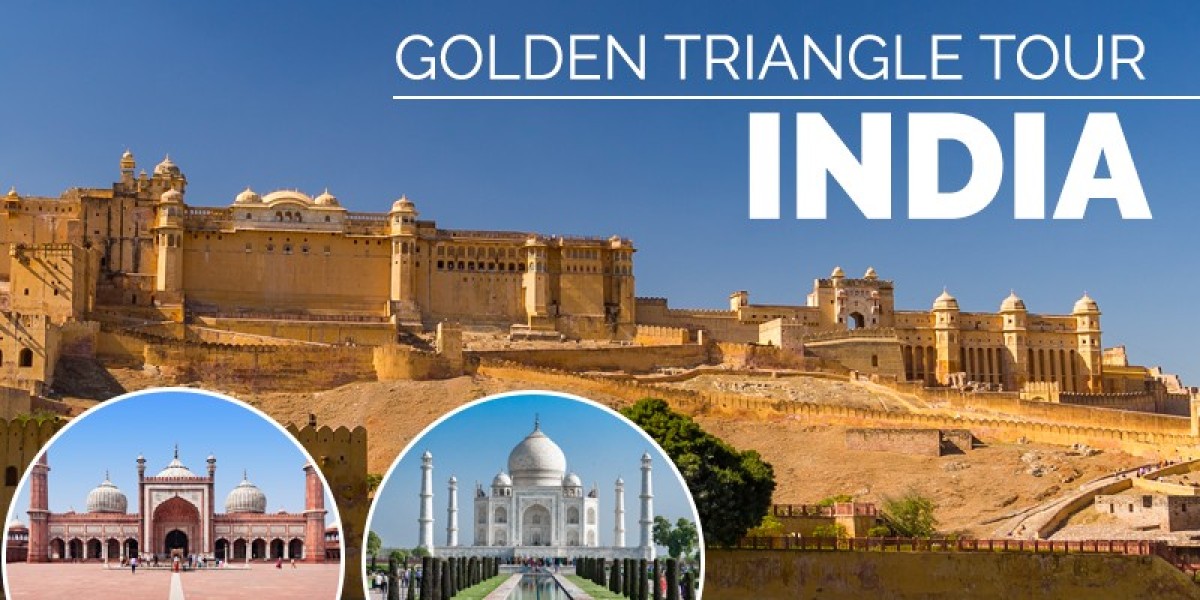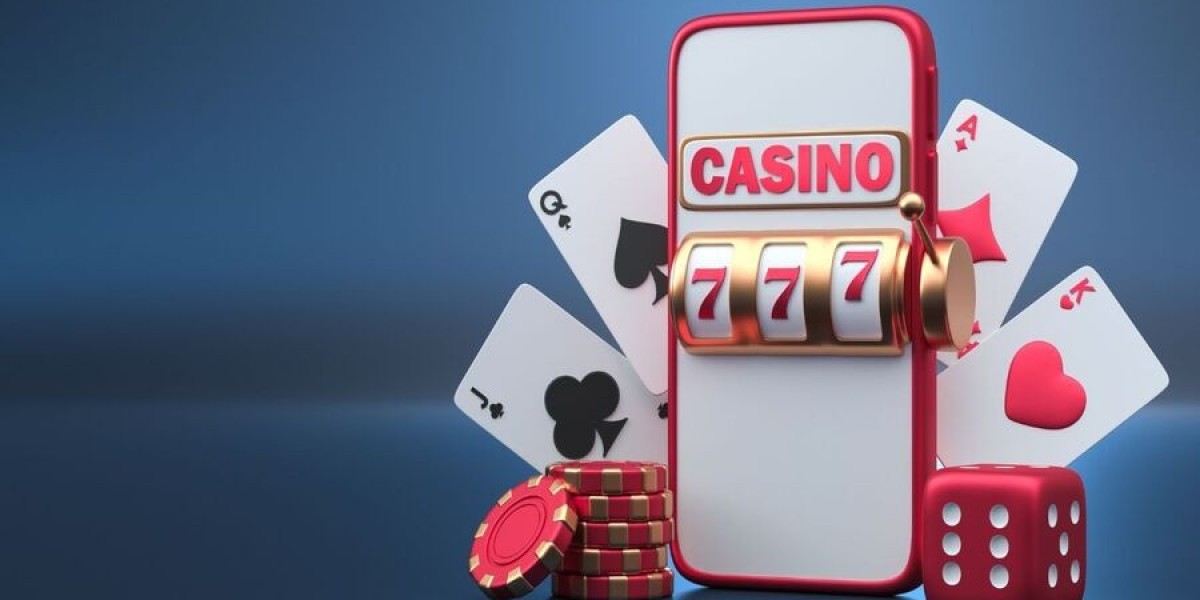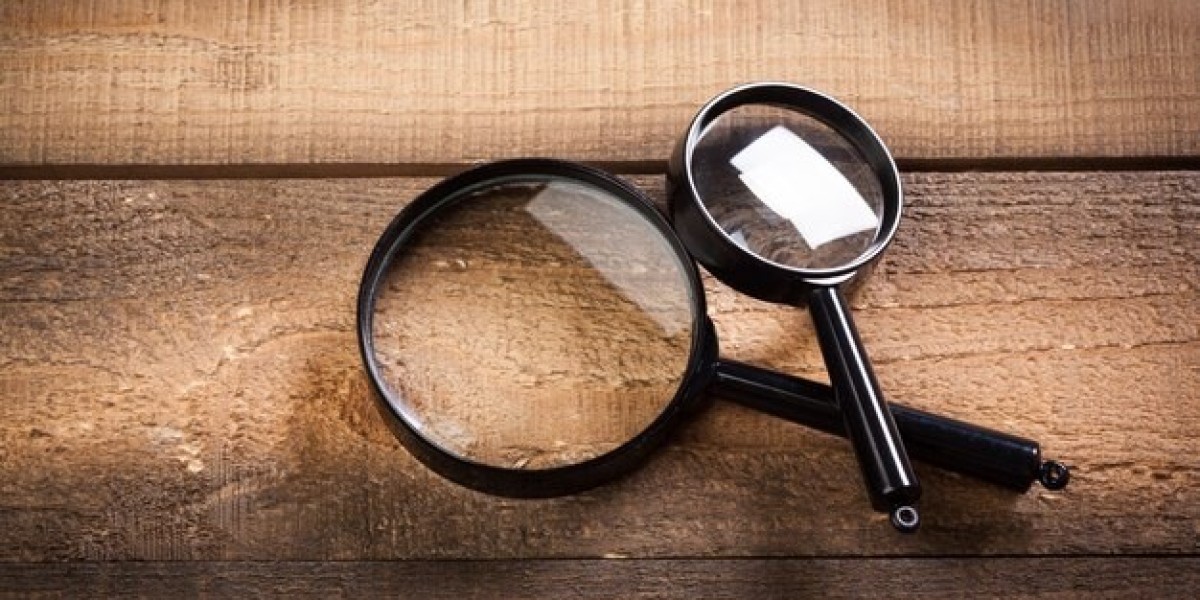India's famous Golden Triangle Tour is an iconic route that connects three of the country's most remarkable cities: Delhi, Agra, and Jaipur. This tour is perfect for anyone looking to dive deep into India’s rich history, culture, and architecture. This comprehensive guide will walk you through the details of the Golden Triangle India Tour Packages, covering which city tours are available, places to visit, monuments to explore, and other essential travel tips.
Cities Included in the Golden Triangle Tour
The Golden Triangle connects three significant cities in northern India:
- Delhi - The capital city, a bustling metropolis with a blend of modernity and history.
- Agra - The city of the iconic Taj Mahal, a symbol of love and an architectural masterpiece.
- Jaipur - Known as the Pink City, it’s a hub of palaces, forts, and vibrant Rajasthani culture.
These three cities form a triangle on the map, each located approximately 200-250 km from one another, offering travelers a well-rounded experience of Indian heritage.
Places to Visit in the Golden Triangle Tour
The Golden Triangle Tour offers an array of historic and cultural attractions. Here’s a breakdown of the must-visit places in each city:
1. Delhi
- India Gate: A war memorial commemorating soldiers of the Indian Army.
- Qutub Minar: A towering ancient minaret and UNESCO World Heritage site.
- Humayun’s Tomb: An early example of Mughal architecture.
- Red Fort: A massive red sandstone fort representing the peak of Mughal architecture.
- Lotus Temple: A Baháʼí House of Worship known for its flower-like shape.
2. Agra
- Taj Mahal: A UNESCO World Heritage site and one of the Seven Wonders of the World, famed for its stunning white marble.
- Agra Fort: A historical fort with majestic courtyards, palaces, and mosques.
- Itmad-ud-Daula’s Tomb: Sometimes referred to as the "Baby Taj" for its intricate inlay work.
- Mehtab Bagh: A serene garden offering a beautiful view of the Taj Mahal across the Yamuna River.
3. Jaipur
- Amber Fort: A massive hilltop fort offering breathtaking views and magnificent interiors.
- Hawa Mahal: Known as the Palace of Winds, it features an intricate façade designed for royal ladies to watch street festivals unnoticed.
- City Palace: A sprawling complex of courtyards, museums, and royal residences.
- Jantar Mantar: An astronomical observatory and UNESCO World Heritage site.
Important Monuments of Delhi, Agra, and Jaipur
Each city in the Golden Triangle tour is home to significant historical landmarks:
- Delhi: Red Fort, Qutub Minar, Humayun's Tomb, India Gate.
- Agra: Taj Mahal, Agra Fort, Itmad-ud-Daula.
- Jaipur: Amber Fort, City Palace, Hawa Mahal.
These monuments reflect India’s rich history of Mughal, Rajput, and British influences, making the Golden Triangle an essential route for anyone interested in exploring India’s past.
How to Reach All the Places
Reaching the cities on the Golden Triangle route is straightforward, thanks to India's extensive road, rail, and air connectivity:
Delhi to Agra: You can travel by train, car, or bus. The Gatiman Express and Shatabdi Express trains provide fast and comfortable journeys. By road, it takes around 3-4 hours via the Yamuna Expressway.
Agra to Jaipur: You can drive (4-5 hours), or take a train or bus. Superfast trains like the Shatabdi Express are available. Road travel is a scenic option as you pass through rural India.
Jaipur to Delhi: Jaipur is well connected by trains and flights. By road, it’s approximately a 5-6 hour drive via the Delhi-Jaipur Highway (NH48).
For a smoother experience, many Golden Triangle tour packages offer air-conditioned cars with a guide, or you can opt for a private driver to make the journey even more comfortable.
Tour Starts from Delhi
The Golden Triangle Tour typically starts from Delhi, where you’ll spend the first day exploring the city’s landmarks and rich history. On the second day, you’ll head to Agra to marvel at the Taj Mahal and other Mughal-era sites. After Agra, the tour takes you to the vibrant Pink City of Jaipur, where you can indulge in the rich culture and history of Rajasthan.
Essential Points to Remember During the Tour
To make the most of your Golden Triangle India Tour, here are some essential points to keep in mind:
- Best Time to Visit: The ideal time to embark on the Golden Triangle Tour is between October and March, when the weather is pleasant and suitable for sightseeing.
- Duration: Most Golden Triangle Tour packages range between 5-7 days, depending on how much time you wish to spend in each city.
- Local Cuisine: Each city offers its own local delicacies, so be sure to try Delhi’s street food, Agra’s petha (a sweet), and Jaipur’s spicy Rajasthani thali.
- Guides and Tours: Hiring a knowledgeable guide in each city can greatly enhance your experience, providing insights into the history and culture behind each monument.
- Souvenirs: Don’t miss out on buying local handicrafts like Marble souvenirs from Agra, Blue Pottery from Jaipur, and traditional textiles and jewelry.
Conclusion
The Golden Triangle India Tour is a once-in-a-lifetime opportunity to experience India’s heritage, culture, and architectural brilliance. Starting from Delhi, you’ll move to the magnificent city of Agra and then on to the Pink City of Jaipur. From world-famous monuments like the Taj Mahal to the grand Amber Fort, the Golden Triangle offers a wealth of experiences for travelers. Whether you're exploring Mughal architecture or enjoying Rajasthani culture, the Golden Triangle India Tour Packages will leave you mesmerized.
Make sure to plan your trip wisely, take time to explore each city, and immerse yourself in the local experiences to make your journey unforgettable.



